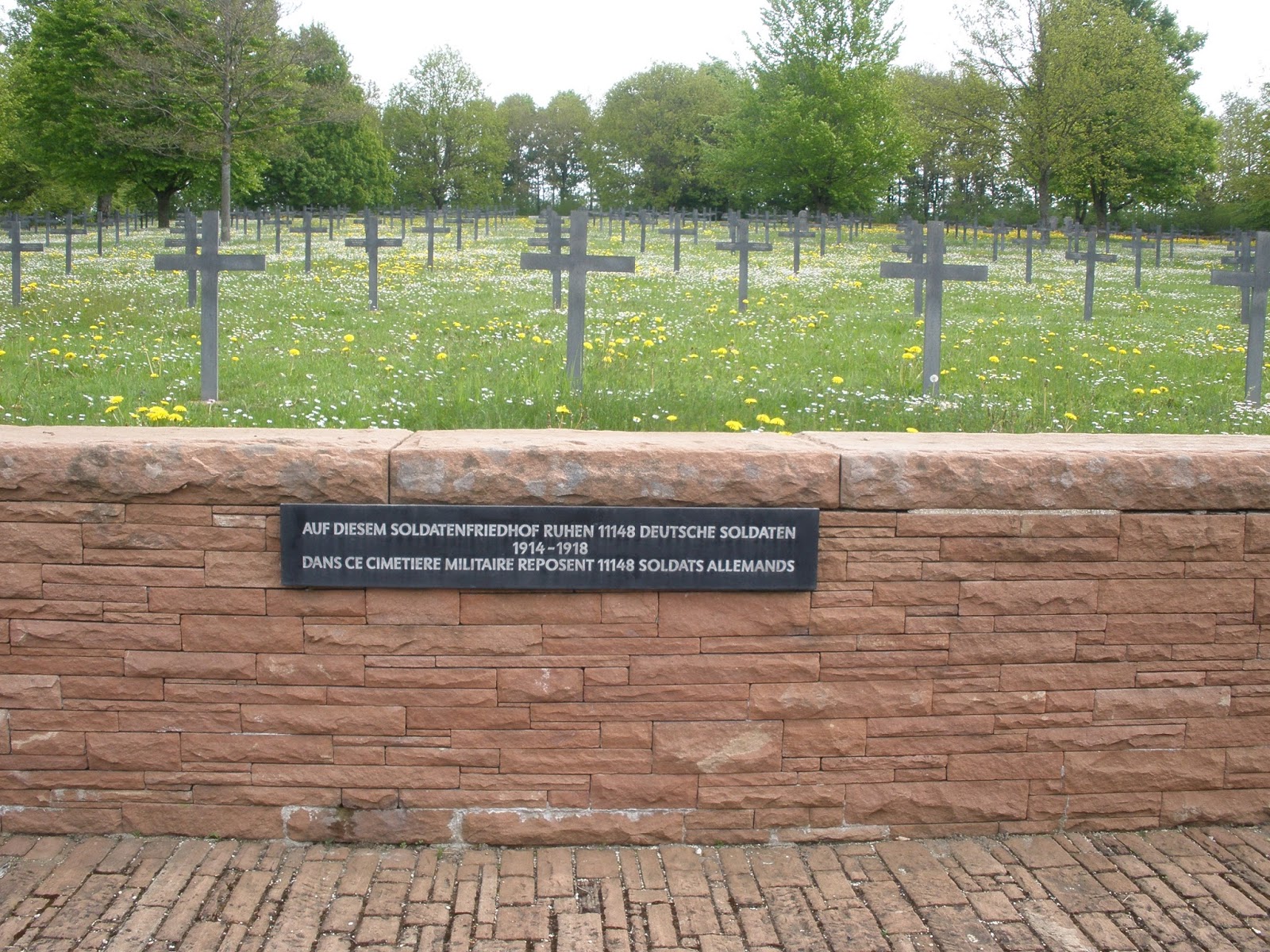 |
| Flag with logo |
Because the United States had declared itself a neutral country, any Americans volunteering had to belong to a "neutral" unit. Hence, they joined the "unofficial" flying unit of the French aero fleet. The French were canny and called it after the famous French aristocrat who had been a leader in the American forces aiding George Washington in the Revolutionary War.
Aeroplanes were relatively new transportation, produced in greater numbers only at the beginning of the 1910 decade. Planes were fragile, constructed of plywood, a few bits of metal and the gas tank. Those who flew understood that they had to be very cognizant of wind, shear, temperatures and storms. They also knew that once off the ground, flying a mile or two in the air was extremely cold. All those photos we see of men in leather jackets with huge scarves around their necks is no fabrication! They were frozen up there—and suffered colds, pneumonia and massive ear infections as a result. (So does Lex Learner in HEROIC MEASURES!)
Accidents, too, were very common. Only as manufacturers took advice from experienced pilots did they begin to produce planes that were sturdier and offered more functionality. The Germans produced quite a few models before and during the war, including the Fokker and Junker, both useful in bombing raids. The French produced a few, too, the most famous being the Nieuport, used by our Escadrille and by the men in that unit who transferred to the new US Aero Squardrons when we declared war.
In wartime, the probability of accidents increased. And as the men of the Escadrille learned from their French cohorts how to fly amid cannon fire, they also learned how to take reconnaissance pictures
and drop bombs. As the war wended on, they also learned how to use the newest of the deadly technology—the machine gun.
.jpg) |
| Nieuport's were choice of US Aero Squardrons, light and efficient. |
Life expectancy was short. In fact, most of the men who originally served in the Escadrille died in service. ONe of the few to survive, and one of the most famous, is Eddie Rickenbacker. He went on to found a major airline in the United States. ____






